Q
how to open honda city bonnet
To pop the hood of a Honda City, first make sure the vehicle is switched off and parked on level ground. Then, near the driver's footwell, you'll find a lever with a hood icon – give it a firm pull and you'll hear a "click," which means the primary latch is released. Next, head to the front of the car, slide your fingers into the gap at the center of the hood's leading edge, and feel for the horizontal tab (usually right above the Honda badge). Gently push it either right or left to release the secondary safety catch, then lift the hood up and secure it with the prop rod. A quick note: while the tab design might vary slightly across different Honda City model years, the basic process stays the same.
As the first step in regular maintenance, checking the engine oil, coolant, brake fluid, and battery condition under the hood is super important. Especially here in Malaysia's hot and rainy climate, these fluids tend to evaporate or degrade faster. We recommend doing a check at least once a month, and definitely give everything a thorough look before a long drive. Also, take a minute to clear out any leaves or debris to prevent clogged drain holes or unwanted smells. If you spot anything off, don't hesitate to hit up an authorized service center to get it sorted.
Special Disclaimer: This content is published by users and does not represent the views or position of PCauto.
Related Q&A
Q
Does the Honda City 2018 have airbags?
The 2018 Honda City does come with airbags, but the exact setup varies by trim level. Higher-spec models usually get 6 airbags – that's dual front, side, and side curtain airbags. The base version, though, might only have the dual front ones. Definitely check the specific trim's spec sheet before buying. Airbags are a key part of the passive safety system; they work with seatbelts during a crash to really cut down on injury risks. But remember, they only do their best job when you're properly buckled up, and never put a child seat in the front where there's an active airbag. The car also standardizes basics like ABS and EBD, and some versions might throw in VSA vehicle stability control – those help with handling in emergencies. Oh, and it's smart to keep an eye on the airbag system warning light day-to-day. If it lights up, get it checked out ASAP to make sure everything's working right.
Q
What is the fuel capacity of Honda City 2018?
The 2018 Honda City comes with a 40-liter fuel tank, a design that balances daily commuting and short to medium-distance travel needs. Paired with its efficient 1.5-liter i-VTEC petrol engine or 1.5-liter Earth Dreams diesel engine (in select markets), it delivers an approximate range of 500 to 600 kilometers, though actual performance varies based on driving habits and road conditions. Notably, all City models come standard with an ECO assist system, which further boosts fuel efficiency by optimizing throttle response and air conditioning output. The resin fuel tank not only reduces vehicle weight but also effectively lowers corrosion risks. For frequent long-distance drivers, regular tire pressure checks and air filter maintenance are recommended – these small details can lead to even better fuel economy. Competitors like the Toyota Vios offer a 42-liter tank, but real-world range depends on overall engine efficiency, and the City has always been competitive when it comes to fuel-saving technologies.
Q
Is the 2018 Honda City fuel efficient?
The 2018 Honda City does a solid job when it comes to fuel economy. Under the hood, you've got that 1.5-liter i-VTEC engine paired with a CVT transmission. Official figures peg the combined fuel consumption at around 5.4 liters per 100 kilometers. In real-world driving, if the roads are smooth and you keep a steady hand on the wheel, you can usually keep the mixed city-highway fuel use down to about 6 liters per 100 km. That makes it a pretty fuel-efficient pick for daily commutes or longer drives. A big part of that efficiency comes from Honda's Earth Dreams Technology, which boosts fuel economy by optimizing combustion efficiency and cutting down on mechanical resistance. If you're really looking to stretch a tank, there's always Eco mode—it tweaks the throttle response and air conditioning output to save even more fuel. Among its peers, its fuel economy sits comfortably in the upper-middle range, making it a great fit for shoppers who value practicality and cost-effectiveness. Oh, and don't forget—sticking to regular maintenance like changing the air filter and using the right viscosity oil will help keep that fuel economy in check, too.
Q
Does the 2018 Honda City have parking sensors?
The 2018 Honda City does come with parking sensors in some trim levels, but whether a specific model has them depends entirely on its actual specs and configuration grade. Higher-end variants typically feature front and rear parking sensors to help drivers park more safely and conveniently. These sensors use ultrasonic technology to detect distances to obstacles, alerting drivers with audio or visual cues—super handy in crowded city areas or tight parking spots. Beyond parking sensors, many modern cars also offer reverse cameras or even 360-degree surround-view systems, which take parking safety up another notch. If you're looking at a used model or considering upgrading features, it's best to check the vehicle in person or consult a dealer to confirm what's included. You might also want to ask about other driver-assist tech like automatic parking or blind-spot monitoring, as availability can vary between model years and trims.
Q
What is the fuel consumption of Honda City 2018?
The fuel economy of the 2018 Honda City varies by powertrain. The version with the 1.5-liter i-VTEC naturally aspirated engine averages around 5.4 to 5.8 liters per 100 kilometers in combined driving, while the RS trim with the 1.5-liter Earth Dreams turbocharged engine is slightly higher at approximately 6.2 liters per 100 kilometers. Actual figures can fluctuate based on driving habits, road conditions, and maintenance status. Equipped with a CVT transmission that optimizes fuel efficiency, paired with an ECO mode for further savings, this car suits city commuting well. To boost fuel economy, regular maintenance like air filter replacements and using the recommended viscosity oil is advisable, along with avoiding aggressive acceleration or speeding. In its class, fuel efficiency ties closely to engine technology and lightweight design—some competitors achieve lower consumption through direct injection or hybrid systems, yet the Honda City remains popular for its reliability and strong after-sales network. Additionally, keeping tire pressure at the manufacturer's recommended levels and reducing idle warm-up time are small details that can marginally improve fuel economy.
Q
How many airbags are in a Honda City 2018?
The 2018 Honda City comes standard with six airbags in the local market, including dual front airbags, side airbags, and side curtain airbags. This setup offers comprehensive crash protection for occupants and stands as a higher-tier configuration among its peers. As a key part of the passive safety system, airbags inflate rapidly during a collision to cushion impact forces. However, it's crucial to note that their effectiveness is maximized when used in conjunction with seatbelts—always remember to buckle up during daily drives.
Airbag counts may vary across different model years or trim levels of the Honda City. For instance, some entry-level variants might have fewer airbags to keep the price down. It's advisable to check the exact specifications through the official manual or your dealer before making a purchase.
In recent years, many automakers have been enhancing both active and passive safety features, such as adding knee airbags or rear side airbags. That said, the number of airbags isn't the sole measure of a vehicle's safety. Factors like body structure and electronic stability systems are equally important, so consumers should consider their own needs comprehensively.
Q
What is the mileage of Honda City automatic 2018?
The actual fuel consumption of the 2018 Honda City automatic models varies depending on driving conditions and vehicle condition. Official figures show a combined fuel economy of approximately 5.4 to 5.8 liters per 100 kilometers. It's powered by a 1.5-liter i-VTEC engine paired with a CVT transmission, a powertrain that delivers decent fuel efficiency both in the city and on the highway. In daily driving, by maintaining good driving habits—like avoiding sudden acceleration and hard braking, keeping up with regular maintenance, using the right engine oil, and ensuring proper tire pressure—you can get fuel economy closer to or even better than the official numbers. As a popular compact sedan, the Honda City's fuel efficiency has always been one of its selling points, along with its spacious interior and reliability, making it a great choice for family daily use. If you're looking for even better fuel economy, the latest hybrid versions are worth considering, but the 2018 pure gasoline model is still a great value-for-money option, especially well-maintained ones in the used car market.
Q
Does the Honda City 2018 have ABS?
The 2018 Honda City does come standard with Anti-lock Braking System (ABS), a key part of its active safety features. It effectively prevents wheel lock-up, letting drivers maintain steering control during emergency stops, which is especially handy on slippery roads. Beyond ABS, this model typically includes Electronic Brakeforce Distribution (EBD) and Brake Assist (BA) systems too. Working together, these three significantly boost braking stability. It's worth noting that specs can vary by region, but locally sold versions generally meet ASEAN safety standards. For owners, regularly checking brake fluid condition and pad thickness is crucial to keeping the ABS system effective. If the ABS warning light pops up on the dashboard, it's best to head to an authorized service center for diagnosis as soon as possible. In this class, such safety features have become mainstream, and when shopping for a used car, buyers can check the vehicle's VIN plate or use diagnostic tools to confirm the exact specs.
Q
What type of transmission is in the Honda City 2018?
The 2018 Honda City comes with two transmission options: a 5-speed manual (5MT) and a CVT. The CVT variant features Honda's Earth Dreams technology, which optimizes power transfer and shift logic to balance smoothness and fuel efficiency—perfect for city driving. What makes the CVT stand out is its lack of fixed gears; it seamlessly adjusts ratios based on driving conditions, keeping the engine in its optimal rpm range. This not only delivers better fuel economy than traditional automatics but also eliminates shift jerks. For drivers who prefer more control, the manual transmission offers direct power delivery and a more engaging driving experience. It's worth noting that the CVT requires regular changes of its specific transmission fluid for maintenance, while the manual needs attention to clutch disc wear. Both transmissions are widely used across Honda's lineup, boasting high technical maturity and reliable long-term performance. The choice ultimately comes down to your personal driving style and needs.
Q
What size engine is in the Honda City 2018?
The 2018 Honda City comes with a 1.5-liter four-cylinder naturally aspirated engine, codenamed L15A. This engine features Honda's i-VTEC technology, which delivers solid power while keeping fuel economy in check. It puts out 120 horsepower and 145 Nm of peak torque, paired with either a CVT automatic or a 5-speed manual gearbox. The overall performance is smooth, making it well-suited for city driving. This engine offers plenty of low-end torque, perfect for daily commuting, and still maintains decent power response at higher revs, balancing fuel efficiency with driving fun. It's worth highlighting that Honda's i-VTEC technology optimizes engine efficiency across different driving conditions by intelligently adjusting valve timing and lift—that's a real standout feature here. If you're craving more power, keep an eye out for the hybrid versions in later models; they take fuel economy to an even better level. All in all, the 2018 Honda City's engine setup is right up there with the mainstream in its class, ideal for shoppers who prioritize practicality and reliability.
Popular Cars
Model Year
Car Compare
Car Photo
Latest Q&A
Q
Does the 2019 Golf GTI have a timing belt or chain?
The 2019 Golf GTI uses a timing chain instead of a timing belt—a design that offers better durability and lower maintenance costs. Typically, a chain lasts as long as the engine itself and rarely needs replacement, whereas a belt requires inspection or replacement every 60,000 to 100,000 km. If neglected, a worn belt can snap and cause severe engine damage.
VW’s EA888 engine family has long relied on chain-driven systems, which are relatively quiet and highly reliable. That said, it’s crucial to periodically check the tensioner’s condition. Some earlier models experienced timing issues due to tensioner design flaws, but this was addressed in the 2019 version.
For performance enthusiasts, a chain system handles high-revving stress better, making it a common choice for hot hatches like the GTI. For daily driving, just stick to VW 50400/50700-spec oil as recommended in the manual—proper lubrication keeps the chain system healthy long-term.
One heads-up: If you hear noticeable metallic rattling near the front of the engine, have the guides or tensioner inspected ASAP. Unlike the telltale belt squeal before failure, this noise is a classic sign of chain-related wear.
Q
What is the recall on the 2019 GTI?
The 2019 Volkswagen Golf GTI was subject to a safety recall addressing two potential issues. First, the fuel pump control unit software could malfunction, potentially causing engine stalling in rare cases. Second, some vehicles might have rear suspension stabilizer link bolts that weren't tightened to specification, posing a loosening risk. Owners can visit authorized dealers for free software updates or bolt retightening.
These proactive recalls demonstrate Volkswagen's commitment to safety. Dealers often handle outstanding recall items during routine maintenance.
For performance-oriented models like the GTI, it's wise to go beyond recall checks. Pay close attention to the turbo system, DSG transmission fluid, and brake wear—these components endure more stress during spirited driving. If warning lights appear or you notice unusual noises, get a professional inspection promptly. Keeping the car in top shape ensures you can fully enjoy its dynamic capabilities.
Q
Does the 2019 GTI require premium gas?
The 2019 GTI does recommend using high-octane fuel (typically RON 95 or above). Its 2.0L turbocharged engine has a relatively high compression ratio, and premium gas ensures optimal performance while reducing knock risk. It also helps maintain engine cleanliness and long-term reliability.
While the car may tolerate lower-octane fuel (like RON 92), you’d see slightly reduced power output and fuel efficiency. Over time, it could also affect engine longevity. Turbocharged engines are particularly sensitive to octane ratings since turbos generate higher heat and pressure—high-octane fuel handles these conditions better.
Mixing different fuel grades occasionally won’t hurt, but sticking to the manufacturer’s recommendation is ideal. Also, periodic fuel additive treatments can help clean carbon buildup, especially for direct-injection engines.
One more thing: even with the same octane rating, fuel additive packages vary by brand. So, picking a reputable gas station matters too.
Q
How long will a 2019 GTI last?
The lifespan of a 2019 GTI largely depends on maintenance and driving habits. With regular oil changes, transmission fluid replacements, and avoiding aggressive driving, it can easily clock over 200,000 kilometers—or even more. Its 2.0T engine and DSG gearbox are proven combos, and as long as you stick to the factory service schedule, mechanical reliability won’t be an issue.
Just keep in mind: turbocharged engines demand extra care. Always use the right spec full-synthetic oil and monitor the cooling system. Climate plays a role too—hot, humid conditions mean paying extra attention to rubber seals and electronics. Every 50,000 km, have the timing chain and high-pressure fuel pump inspected (key items for turbos).
Driving style matters. Don’t redline it constantly, and let the engine warm up properly after cold starts. Rustproofing helps long-term durability, so regular underbody washes are smart. Nail these details, and this car’s built to last.
Q
How fast is the 2019 GTI?
The 2019 GTI truly delivers when it comes to performance. Under the hood lies a punchy 2.0-liter turbocharged four-cylinder, churning out 228 horsepower and 350 Nm of torque. Whether you opt for the engaging 6-speed manual or the lightning-fast 7-speed DSG, this hot hatch rockets from 0-100 km/h in just 6.3 seconds, with an electronically limited top speed of 250 km/h.
What really sets the GTI apart is its razor-sharp handling. The sport-tuned suspension and electronic differential lock work together to deliver precise steering and rock-solid cornering stability. It’s the perfect blend of everyday practicality and proper driver’s car thrills—a well-rounded hot hatch in every sense.
For enthusiasts, the GTI’s tuning potential is massive. Many owners go for ECU remaps or intake/exhaust upgrades to squeeze out even more power. Just remember to keep things street-legal—safety and compliance should always come first. Around here, these pocket rockets have a solid following, and it’s easy to see why.
View MoreRelated News

Which one is better, Honda City or Toyota Vios?
AshleyNov 11, 2025
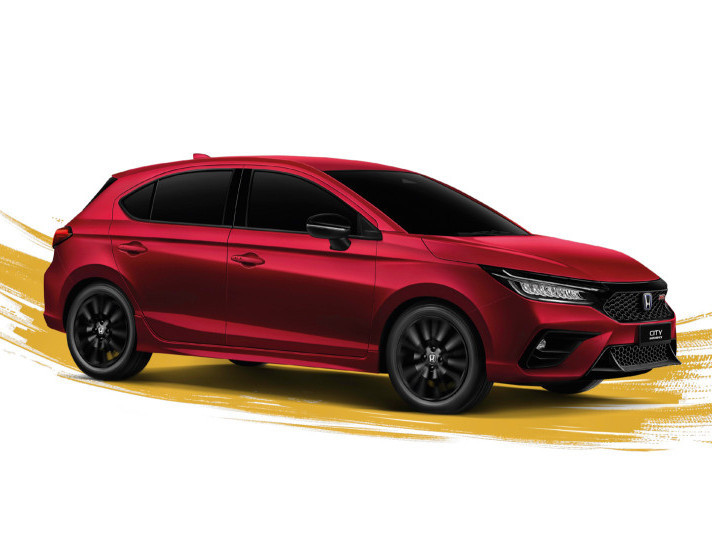
Honda City Hatchback Interior: Surprising Space Inside a Compact Body
WilliamJul 16, 2025
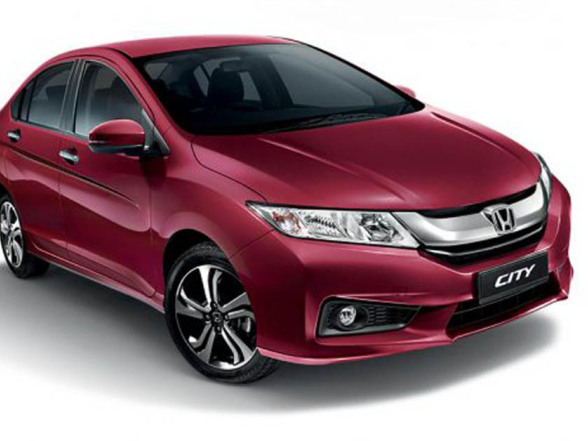
Should You Buy a Used Honda City GM6? – Get Idea Here!
RobertJun 23, 2025
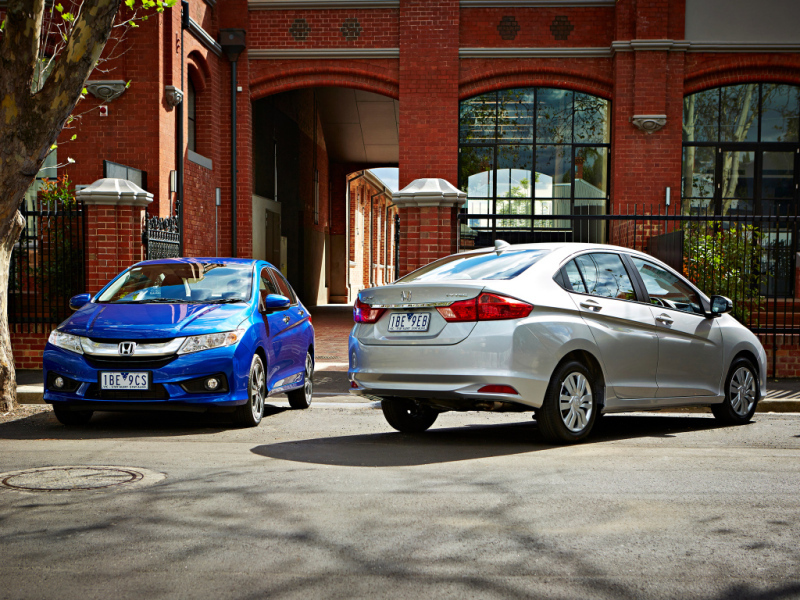
Is it worth buying a used Honda City GM7?
LienMar 7, 2025
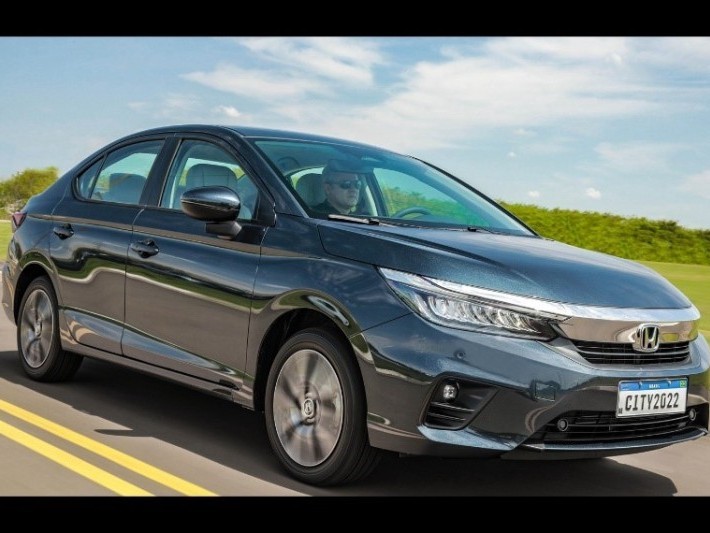
Limited to 99 units! Honda City SE Special Edition goes on sale, accused of clearing inventory?
LienSep 27, 2024
View More

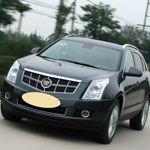










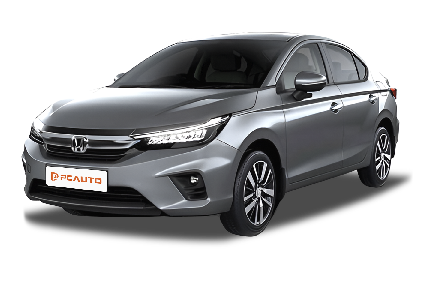
 Cars
Cars
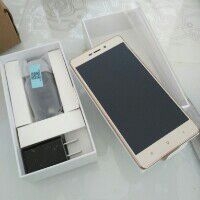



Pros
Cons